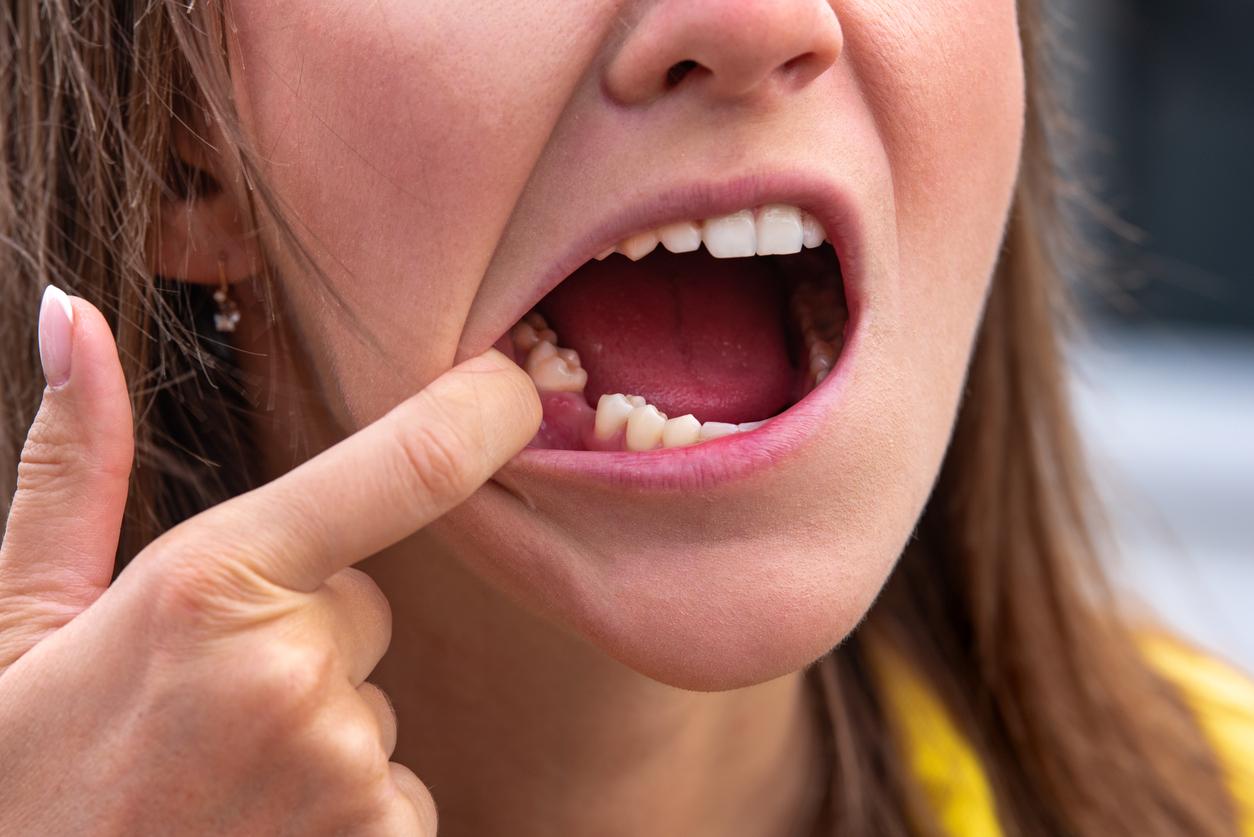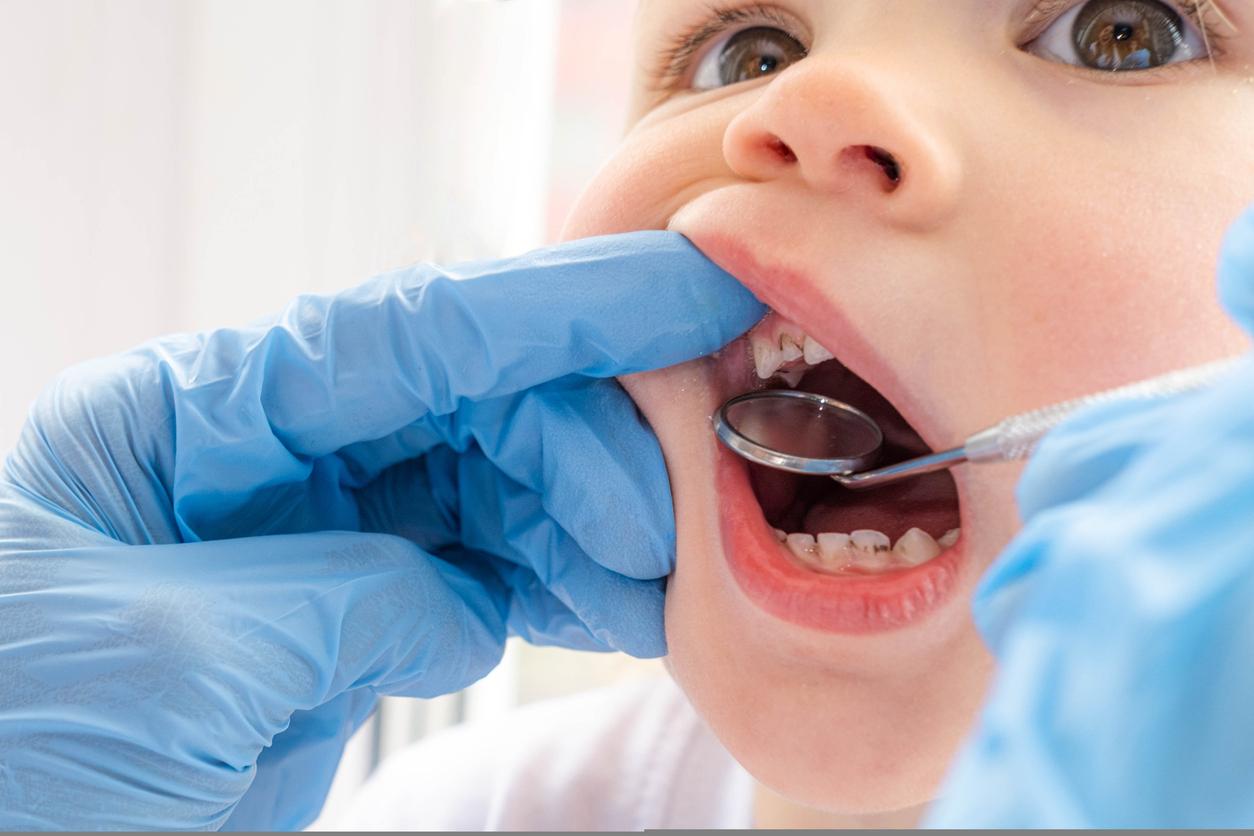Molar and incisor hypomineralization (MIH) affects the enamel of the teeth, which weakens them and causes stains to appear on the affected molars or incisors. In France, 15 to 18% of children aged 6 to 9 suffer from it.

- Hypomineralization of molars and incisors is a disease that weakens children’s teeth.
- Its presence is manifested by the spots it causes, whose color ranges from white to yellow-brown, and whose size can vary from one individual to another.
Agathe is a happy 7-year-old girl, but her classmates are not always kind to her. “Some say I don’t brush my teeth“, she told the France 2 teams who filmed it. The stains on her teeth are the source of these taunts, as the little girl suffers from hypomineralization of the molars and incisors (MIH). The disease was discovered in the mid-1970s, according to the Union of female dental surgeons. Today, 15 to 18% of children aged 6 to 9 years are affected, but many are not diagnosed.
A disease that weakens children’s teeth
MIH affects at least one of the first molars, and in some cases all 4, and can also attack the incisors. Its presence is manifested by the spots it causes, whose color ranges from white to yellow-brown, and whose size can vary from one individual to another. It is necessary to wait for the appearance of permanent teeth so that the diagnosis can be made, and therefore in children of about 6 years of age.
When a tooth is affected, it is more sensitive, fragile and more prone to cavities. MIH can be treated by applying a fluoride varnish to the dentition, or by repairing the lesions with materials such as composite resin. These techniques strengthen the enamel of the tooth, making it less sensitive to external aggressions (heat/cold, chewing…).
Hypomineralization of molars and incisors: where does this disease come from?
Currently, the exact origin of the disease is not known, and several hypotheses have been proposed. The gathering of associations “Réseau Environnement Santé” (RES) accuses endocrine disruptors: exposure to bisphenol A (BPA) during pregnancy could be responsible for MIH, according to studies in rats.
Better information for dentists
As for Agathe, living in Agen, her mother had to travel 150 kilometers to find a dentist who could treat her. This is a common problem for parents of child victims of MIH: in some areas, it is difficult to find a dentist capable of making the diagnosis and providing the appropriate care. However, when well taken care of, MIH is no longer a danger for the child.















